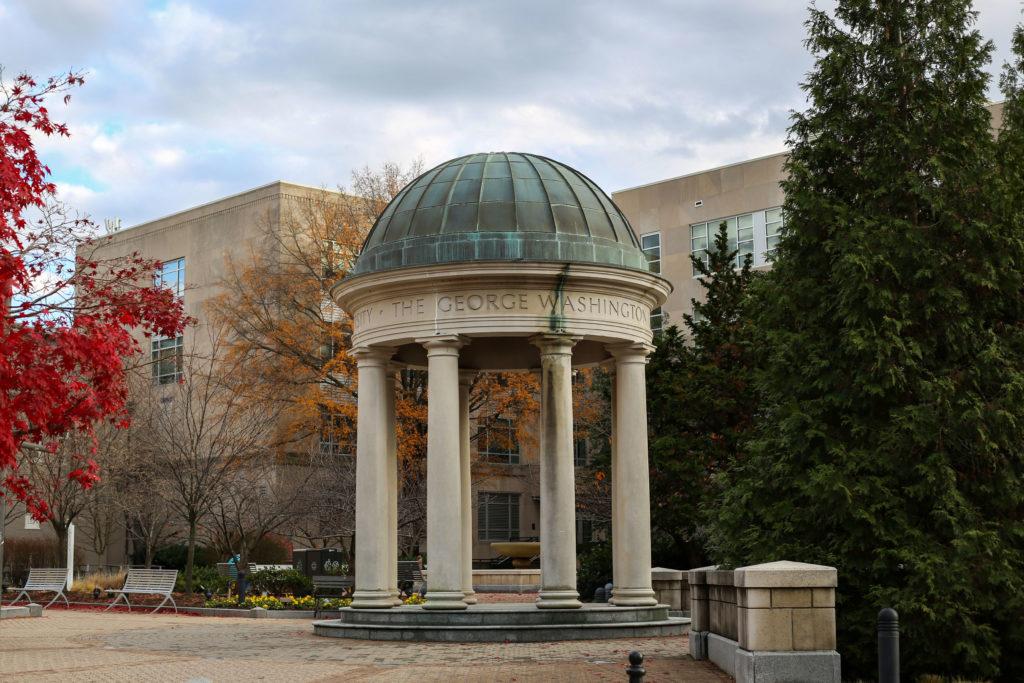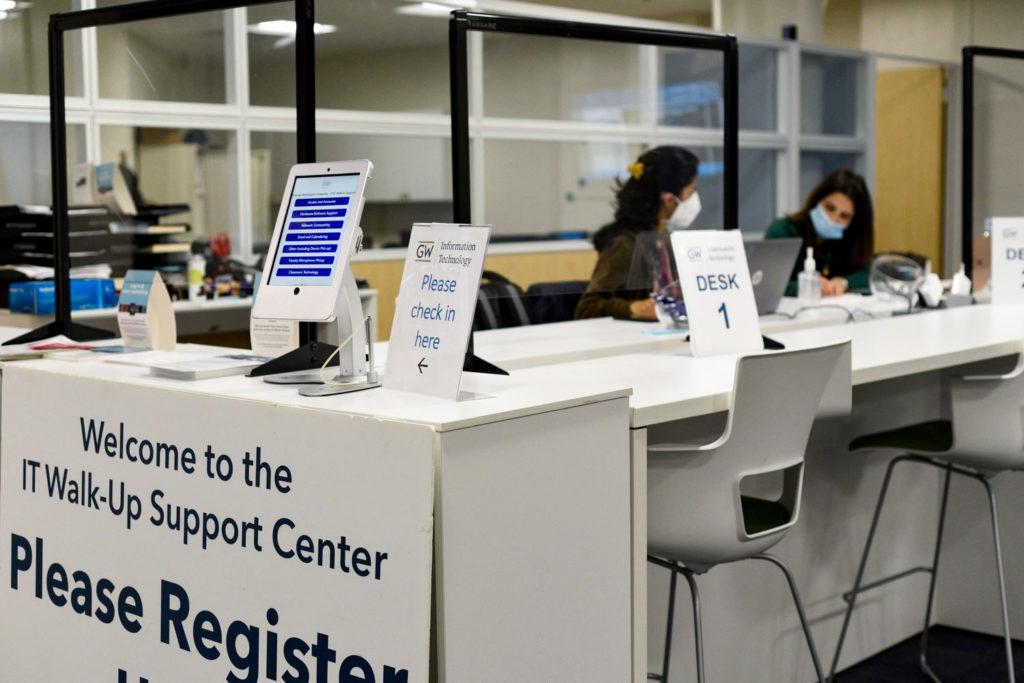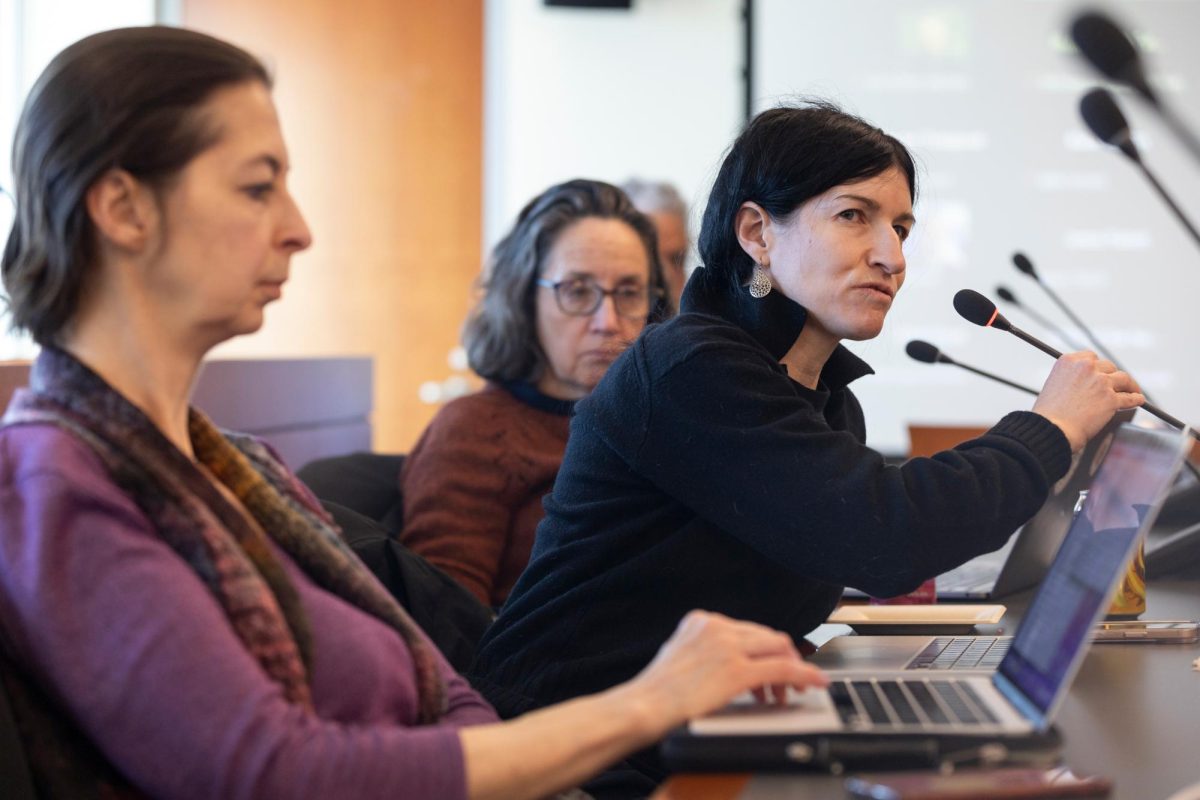Credit rating company Moody’s Investors Service reaffirmed GW’s A1 rating from 2020, signaling the institution’s financial stability with a sustained operating budget about two years after the onset of the pandemic.
The A1 rating, affirmed in October, is the highest rating possible and indicates stable sources of revenue, a large cash-to-debt ratio and a “stable outlook” for the University’s next fiscal year, according to a Moody’s release. Experts in finance said the rating shows “effective” use of the University’s financial resources, including the support of the Medical Faculty Associates’ “substantial” $200 million debt.
Moody’s Investors Service evaluates institutions like universities through a six-step process in which an assembled analytical team assigns a rating and rationale based on an institution’s debt, cash and investments, federal aid and endowment. GW earned an A1 rating in 2020, which officials said indicated “financial strength and sustainability” amid the financial woes of the pandemic.
“Affirmation of George Washington University’s A1 issuer rating reflects its very good brand and strategic positioning as a large, comprehensive urban university, with a $1.7 billion scope of operations and over 20,000 students, leveraging on its location in the District of Columbia (DC),” the Moody’s release announcing this year’s ratings states.
CFO Bruno Fernandes said the report states the University has the potential for “improved” financial performance with its health care partner, Universal Health Services, which funds educational programs and works with the MFA to staff the GW Hospital.
The University sold its 20 percent stake in the GW Hospital to UHS in May, making the company the sole owner of the hospital. Barbara Bass, the CEO of the MFA and the dean of the School of Medicine and Health Sciences, said at a Faculty Senate Meeting last month that officials negotiated a “modern funds flow arrangement” between UHS, the hospital and the MFA.
Faculty senators said in October that they were doubtful of officials’ plan for the MFA to break even by June with $200 million in debt.
A report from the Faculty Senate’s finance committee in 2015 states that the University’s debt could hinder hiring, availability of scholarships and future construction projects.
“The University’s leadership and financial experts work diligently to carefully manage the University’s resources in support of GW’s mission of teaching, research, patient care and service,” Fernandes said in an email.
Joe Cordes, the co-chair of the Faculty Senate’s fiscal planning and budgeting committee, said Moody’s A1 rating evaluated the financial health of the University and the MFA – two nonprofit organizations – as a consolidated entity because the University is the sole member of MFA nonprofit. He said the credit rating agency is not concerned about the MFA’s financial “shocks” because the University’s strong financial performance, with $2.8 billion in cash and investments currently in possession, can compensate for the MFA’s financial deficits.
The MFA owes GW more than $120 million, bringing the nonprofit’s total debt to nearly $200 million, according to the University’s audited financial statements from June 2021 to June 2022. Officials extended a $20 million loan to the MFA in 2016 but forgave it in 2019 to help the health care network ease its financial burden.
“The risk is that if the other finances don’t become more sustainable, that might have an adverse impact, but we haven’t felt it yet,” Cordes said.
He said Moody’s previous credit rating in 2020 states GW’s partnership with UHS could financially boost the MFA into a “sustainable” entity. But Cordes said the MFA runs the risk of hitting a higher deficit, and the competitive and established D.C. health care market could potentially challenge its ability to gain revenue to cover its debt.
The Moody’s release states UHS will support the University’s financial performance and “strong” management of real estate assets, where 40 percent of the University’s cash and investments lie. The release states GW’s network of faculty and physicians in the MFA has a “weak” financial stability, which lags compared to peer health care provider networks.
“Right now, everything is solid, and the University is not presently in any financial peril,” Cordes said.
Williams Peprah, a professor of finance at Andrews University, said the A1 rating implies that GW’s financial standing is “solid” and the University will meet its financial goals.
“The University is not going to collapse in the near future because they have money,” Peprah said. “Even if they take a loan or any facility, they will be able to pay them when they are due because our cash reserve is very solid.”
Peprah said during their evaluation of an institution, Moody’s focuses on where the University is getting most of its revenue, which often comes from grants, research and projects and the cost of attendance.
He said the rating suggests that students are making payments to the University on time instead of accumulating large amounts of student loan debt after graduating.
“Moody’s will look at the books then they will come to look at the prospects of the school in terms of enrollment numbers,” Peprah said.
Robert Hartwig, a clinical associate professor of finance at the University of South Carolina, said prominent and financially stable institutions have an advantage with investors because of a general belief that the institutions will survive long into the future.
“They will be able to make do on their debt, but they do so in a way that puts many other organizations to shame,” Hartwig said.
The Moody’s release states the University has a “high” 40 percent concentration of cash and investments in commercial real estate around the Foggy Bottom campus.
Hartwig said GW’s 40 percent concentration of cash and investments in commercial real estate around campus is a “slight negative” because demand for commercial real estate has declined in favor of residential real estate while more people began to work from home due to the pandemic. He said the prices of commercial real estate have “softened” since the onset of the pandemic in 2020.
Multifamily spaces had a vacancy rate of 5.4 percent while office spaces had a vacancy rate of 12.4 percent in the third quarter of FY 2022, according to the National Association of Realtors. But Hartwig said GW has an advantage over rural schools like the University of South Carolina in real estate because buildings in D.C. are more “valuable.”
“There would probably be a long line of entities that were looking to buy the property that GW currently holds,” Hartwig said.








